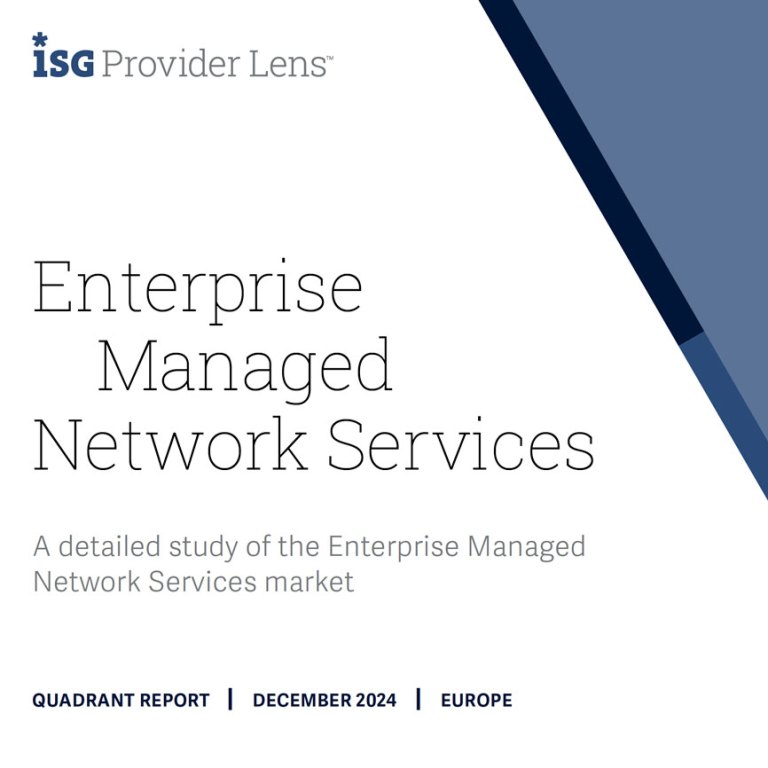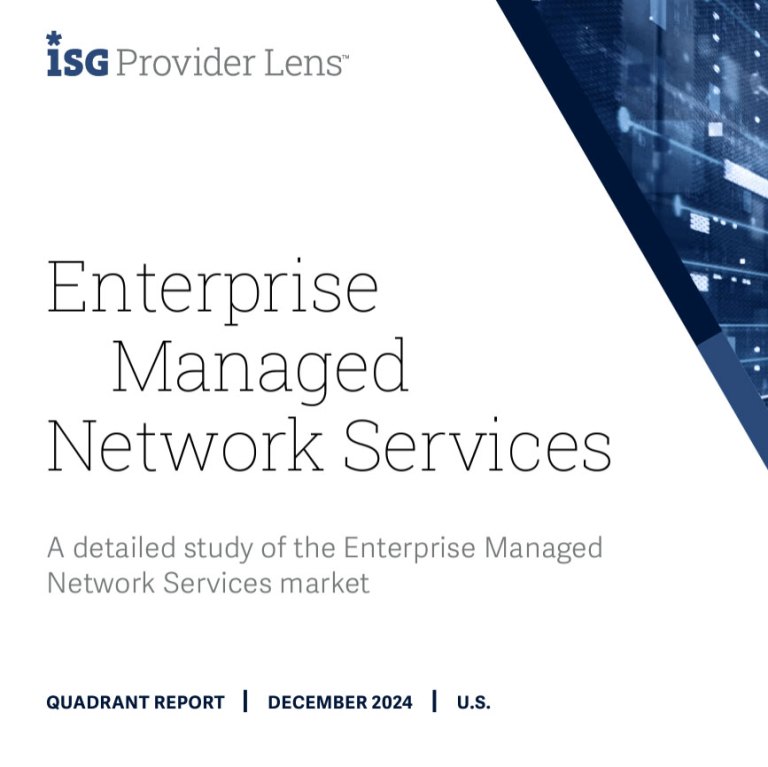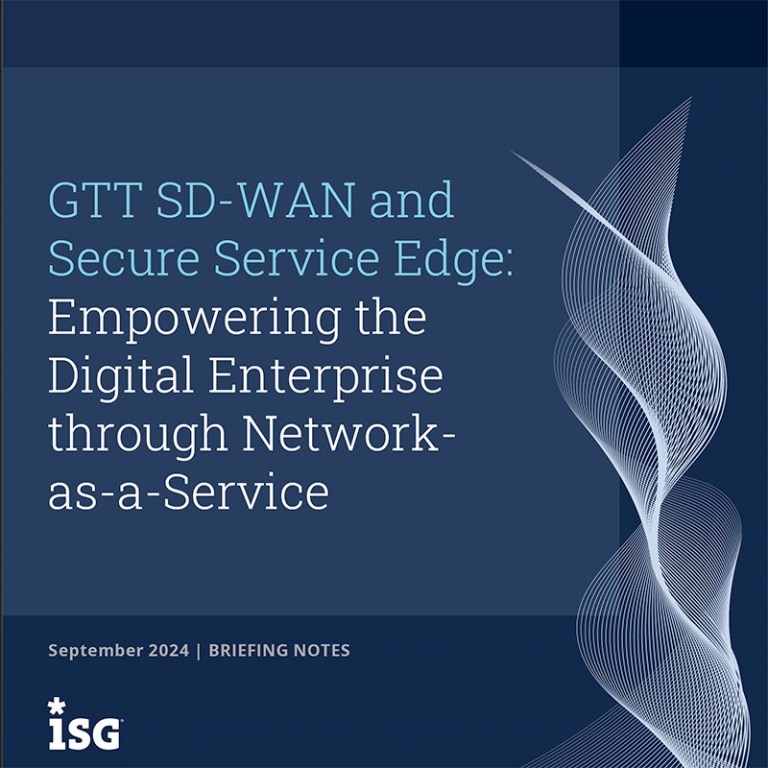In 2021, it may seem improbable to those of us in the enterprise telecommunications field that many large corporations haven’t made the jump from multiprotocol label switching (MPLS) to software-defined wide area networking (SD-WAN). But it’s true. When asked why they’ve held back on the switch, these company leaders often cite cost as the main reason: Sometimes the IT budget has simply been stretched thin or is being spent on other more immediate priorities. Or it might even simply be a case of enterprises wanting to stick with what they know for their networking needs.
You could well be among those reluctant to switch. But it may no longer be viable to rely solely on MPLS campus-based networks for all your connectivity needs. Many firms are moving their apps to the cloud, especially with the increased frequency of remote work. These factors (among others) mean there’s a need for more wide-ranging, holistic security approaches than those that are feasible with MPLS.
If you’re open to a case being made for SD-WAN but wonder if you’re actually positioned to adopt it, we put together a checklist of five major considerations for a successful transition.
1. Take Stock of Your Apps
Start by identifying your most frequently used and mission-critical applications. Are they products from third-party vendors, or are they proprietary? This will affect the transition from MPLS to SD-WAN: Out-of-the-box apps like Salesforce or Sage X3 running on the former may be harder to change over to the latter. Homegrown tools, meanwhile, can sometimes be more easily tweaked so that they work well in the SD-WAN environment.
You’ll also need to determine whether you’ll be keeping your apps in their current forms when you move to SD-WAN or replacing them with new versions. If they’re due for upgrades anyway, it’ll likely be best to get the latest iterations, but if they’re relatively current then keeping apps as they are won’t adversely affect the transition, then don’t worry about it.
2. Create Your “App Roadmap”
You’ve identified the “what” in terms of your most important apps. Now it’s time to consider the “where:” Are they directly in the cloud, hosted in the cloud via a SaaS provider or still served from data centers?
If it’s the latter, it may be necessary to move those apps to the cloud to galvanize a transition to SD-WAN, adopting software-, infrastructure- or platform-as-a-service models as necessary. But the main priority here has to be your end users. You want your SD-WAN deployment to improve their access to (and experience with) your enterprise’s apps. The data path from your users to the apps in question can be impacted by routing changes, so you’ll want to keep track of that as you put an SD-WAN plan into motion.
3. Determine Your Cloud Strategy
According to IDC, worldwide spending on cloud services is expected to exceed $1 trillion sometime in 2024, with a 15.7% compound annual growth rate maintained throughout the intervening years. There’s a good reason for this: It is all but impossible to operate as a successful enterprise in this day and age without strong cloud architecture alongside excellent network infrastructure.
Your first step to figuring out your organization’s cloud strategy is choosing between public, private or hybrid cloud services. Hybrid clouds, like VMWare’s offering (with VMware SD-WAN) or the Microsoft Azure Pack, have earned no small amount of attention, and are well worth considering. But numerous enterprises are opting for multi-cloud — using two or more entirely separate cloud setups.
If your budget has been thoroughly belt-tightened as of late, you might be wondering whether multi-cloud is essential to your SD-WAN transition. While it isn’t required for SD-WAN, there are plenty of reasons why multi-cloud is worth it. For one, multi-cloud notably boosts the performance of SaaS apps. But even more importantly, using two or more clouds makes you more versatile. For example, you can use them as conduits demarcated by different security or compliance needs; e.g., one for European operations subject to General Data Protection Regulation (GDPR) requirements and one for non-GDPR traffic. Or you can divvy them up by app priorities, routing less essential traffic through the public cloud while saving a dedicated private cloud for the most mission-critical apps.
4. Validate Your Security Architecture
Security is one area in which MPLS is sometimes presumed to have an edge on SD-WAN. But this is only true in the sense that MPLS networks are private connections based out of data centers or large campus locations, whereas SD-WAN leverages the public internet.
It’s entirely possible to have an SD-WAN deployment and all of the advantages it entails while also maintaining ironclad cybersecurity. The simplest way to do that is by choosing an SD-WAN vendor with a great security reputation, like Fortinet.
You might also consider a secure access software edge (SASE) deployment. Your SD-WAN provider should be able to either directly offer SASE or interoperate with a SASE solution from another vendor. While SASE is still in somewhat nascent stages at this point, it will become more prevalent sooner than later. Notably, it includes high-end security features, such as next-generation firewalls alongside comprehensive traffic inspection and segmentation.
5. Evaluate Your IT Resources and Personnel
One of the key impediments to SD-WAN adoption may be a lack of the personnel and physical resources (hardware and related tools) to implement and administer the solution on your own as a DIY deployment. You’ll need to vet and select vendors, negotiate WAN access in multiple regions of the world, plan and execute the SD-WAN deployment and then monitor network/app performance on an ongoing basis. Also, you have to coordinate sites and devices while providing ongoing support and maintenance for devices and software.
This may all seem daunting and overwhelming compared to MPLS. That’s why you need to turn to an expert managed services provider like GTT. With our Tier 1 access to the internet’s backbone and comprehensive knowledge of (and experience with) all of the most cutting-edge WAN deployments, we’ll help you avoid early pitfalls — so you can reap the many connectivity benefits of SD-WAN with minimal difficulty.
Acerca de GTT
GTT connects people across organizations, around the world, and to every application in the cloud. Our clients benefit from an outstanding service experience built on our core values of simplicity, speed, and agility. GTT owns and operates a global Tier 1 internet network and provides a comprehensive suite of cloud networking services. We also offer a complementary portfolio of managed services, including managed SD-WAN from leading technology vendors.















